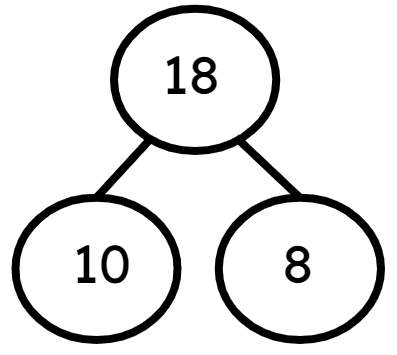Myths about teaching can hold you back
- Year 1
Solve addition and subtraction problems involving length
I can solve addition and subtraction problems involving length.
- Year 1
Solve addition and subtraction problems involving length
I can solve addition and subtraction problems involving length.
These resources were made for remote use during the pandemic, not classroom teaching.
Switch to our new teaching resources now - designed by teachers and leading subject experts, and tested in classrooms.
Lesson details
Key learning points
- Addition and subtraction problems both involve a whole and its parts.
- You can think about addition and subtraction stories involving length and identify the whole and its parts.
- When you join two items together, you can add their lengths together to find the total length.
- When you remove part of an object, you subtract the amount you have removed to find the length of the remaining part.
Keywords
Part - A piece or section of the whole.
Whole - All of something. Complete.
Common misconception
Children may confuse standard and non-standard units, for example measuring the height of a tower by counting the blocks rather than using a ruler to measure its length in centimetres.
Use prompts such as, 'How many centimetres tall is this tower?' and, 'The first part of the tower is 10cm tall.' to reinforce the use of centimetres as a standard unit of measure.
To help you plan your year 1 maths lesson on: Solve addition and subtraction problems involving length, download all teaching resources for free and adapt to suit your pupils' needs...
To help you plan your year 1 maths lesson on: Solve addition and subtraction problems involving length, download all teaching resources for free and adapt to suit your pupils' needs.
The starter quiz will activate and check your pupils' prior knowledge, with versions available both with and without answers in PDF format.
We use learning cycles to break down learning into key concepts or ideas linked to the learning outcome. Each learning cycle features explanations with checks for understanding and practice tasks with feedback. All of this is found in our slide decks, ready for you to download and edit. The practice tasks are also available as printable worksheets and some lessons have additional materials with extra material you might need for teaching the lesson.
The assessment exit quiz will test your pupils' understanding of the key learning points.
Our video is a tool for planning, showing how other teachers might teach the lesson, offering helpful tips, modelled explanations and inspiration for your own delivery in the classroom. Plus, you can set it as homework or revision for pupils and keep their learning on track by sharing an online pupil version of this lesson.
Explore more key stage 1 maths lessons from the Numbers 0 to 20 in different contexts unit, dive into the full primary maths curriculum, or learn more about lesson planning.

Licence
Prior knowledge starter quiz
6 Questions
Q1.What is the missing part in the part-part-whole model?
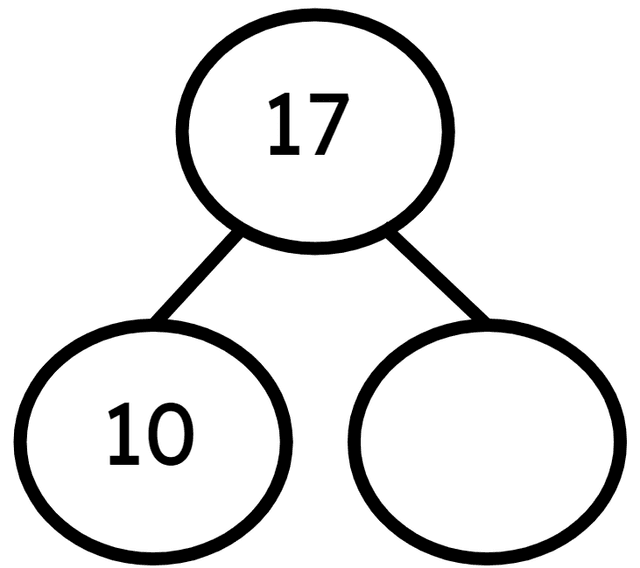
Q2.What is the missing whole in the bar model?
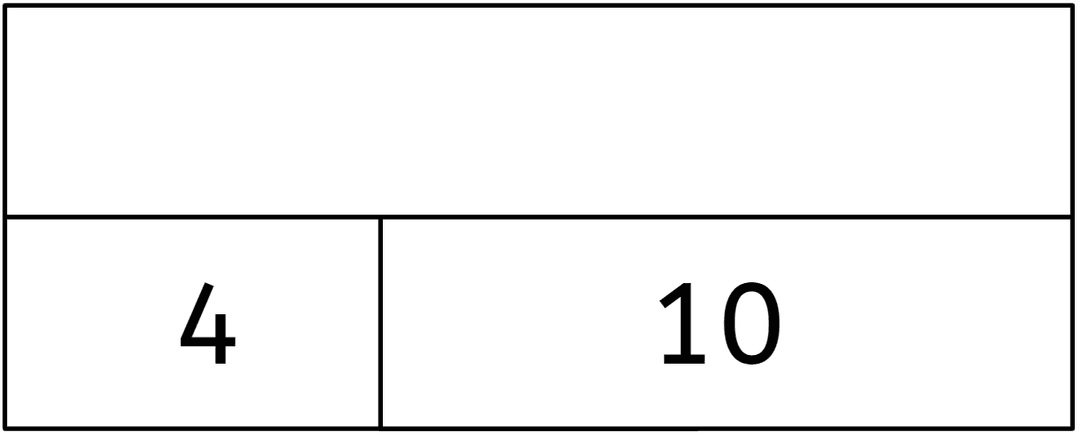
Q3.Which equation matches this representation of doubling?

Q4.19 is equal to plus 10
Q5.Match the doubling representations to their equations.
3 + 3 = 6
5 + 5 = 10
4 + 4 = 8
Q6.Which equation does this ‘first, then, now’ story represent?

Assessment exit quiz
6 Questions
Q1.Look at the tower of blocks. It shows that 6 cm is a part and 10 cm is a part. 16 cm is the .
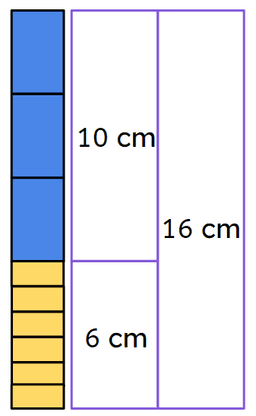
Q2.True or false. If we change the order of the addends, the sum stays the same.

Q3.Match the double number to the correct total.
10
12
14
Q4.Look at the part-part-whole model. Match the numbers to the correct words,
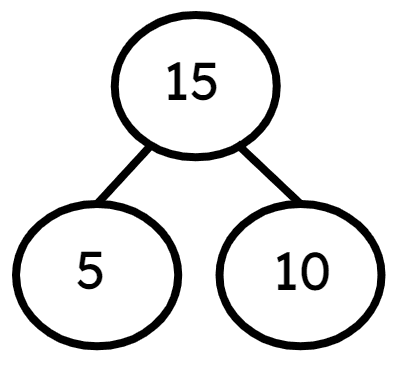
a part
the whole
a part
Q5.Look at the playdough snake that Lucas made. The whole snake was 16 cm long. He snipped off a part and the part that was left was 6cm long. How long was the part that Lucas snipped off? cm.

Q6.Which calculations could this part-part-whole model show?
